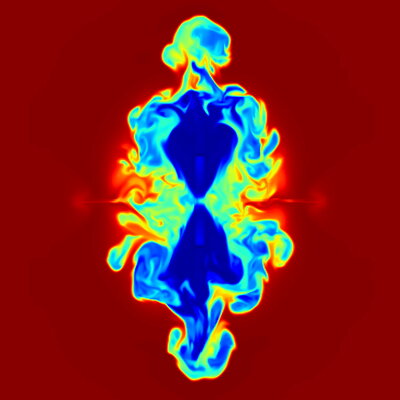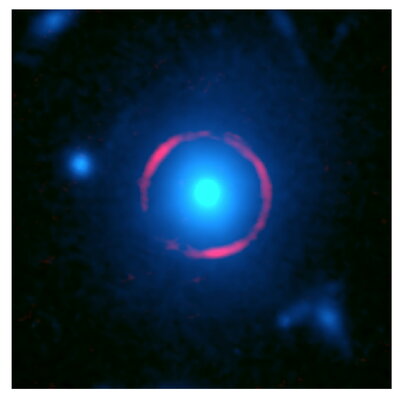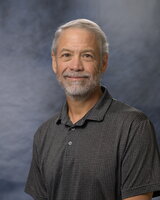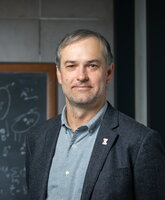
Galaxies are gravitationally bound assemblies of stars, the interstellar medium (or ISM, which is the gas and dust between the stars), stellar remnants, black holes, and dark matter.
Research Highlights

AGN Feedback in Galaxy Clusters
Galaxy cluster cores can be significantly heated and stirred by jets from accreting black holes in active galactic nuclei (AGN). We develop subgrid models to incorporate these effects realistically into cosmological hydrodynamics simulations of galaxy cluster formation.
Links to research groups and facilities: Paul Ricker

High-redshift gravitationally-lensed galaxies
The South Pole Telescope conducted a 2500 square degree cosmological survey and systematically identified a large number (>100) of high-redshift strongly gravitationally lensed starburst galaxies. We have completed a unique spectroscopic redshift survey with ALMA, targeting carbon monoxide line emission in these sources. We have obtained spectroscopic redshifts for 82 sources from 1.8 < z < 6.9, with a median of z=3.9. This sample comprises 70% of the total spectroscopically confirmed dusty galaxies at z>4 and extends into the epoch of re-ionization. We are systematically measuring low-J CO, [CII], and [NII] for these sources with ATCA, APEX, and ALMA, making this the largest and most well-studied samples of high-redshift starburst galaxies. We are also using the lensing magnification to study these sources at the highest possible resolution with CO, [CII], and H2O. We are undertaking a comprehensive and systematic followup campaign to use these "cosmic magnifying glasses" to study the physical conditions and chemical evolution of the dust-obscured universe in unprecedented detail. Two of these sources were recently selected to be among the first objects targeted with NASA’s James Webb Space Telescope (JWST) as part of the Early Release Science (ERS) science observations.
Links to research groups and facilities: Joaquin Vieira, ALMA, SPT, JWST

Molecular Clouds in Nearby Galaxies
Stars are born in giant molecular clouds of dense gas, but how the physical characteristics of these clouds relate to their ability to form stars is still poorly understood. By observing these clouds in nearby galaxies, we can study them in a wider variety of environments than are found in the vicinity of the Sun. Prof. Wong's group uses radio telescopes such as ALMA to map the gas in these clouds in nearby galaxies, including the Magellanic Clouds. We can then compare these maps with images of stars, dust, and ionized gas obtained at optical and infrared wavelengths.

Galaxies in the early Universe
Unraveling the properties of galaxies in the young Universe are critical to our understanding of this foundational era. Emission lines, which come from interactions between hot young stars and interstellar gas unveil the detailed chemical, thermodynamic, and kinetic evolution of galaxies as they grow, merge, and evolve. Understanding the nature of these lines is especially important for contemporary space-based infrared observations of the early universe by JWST. Using cosmological simulations and radiative transfer routines, we have modeled the emission from high-redshift galaxies and found that the escape fraction of ionizing radiation is often associated with emission lines in a complex interplay that is highly time-varying. More generally, we have also used cosmological simulations to develop nebular emission line models for high-redshift galaxies using robust, radiative transfer simulations. These pipelines continue as a broader long-term research focus with a particular emphasis on time-domain studies.
Links to research groups and facilities: Kirk Barrow
Faculty working in Galaxies and ISM










